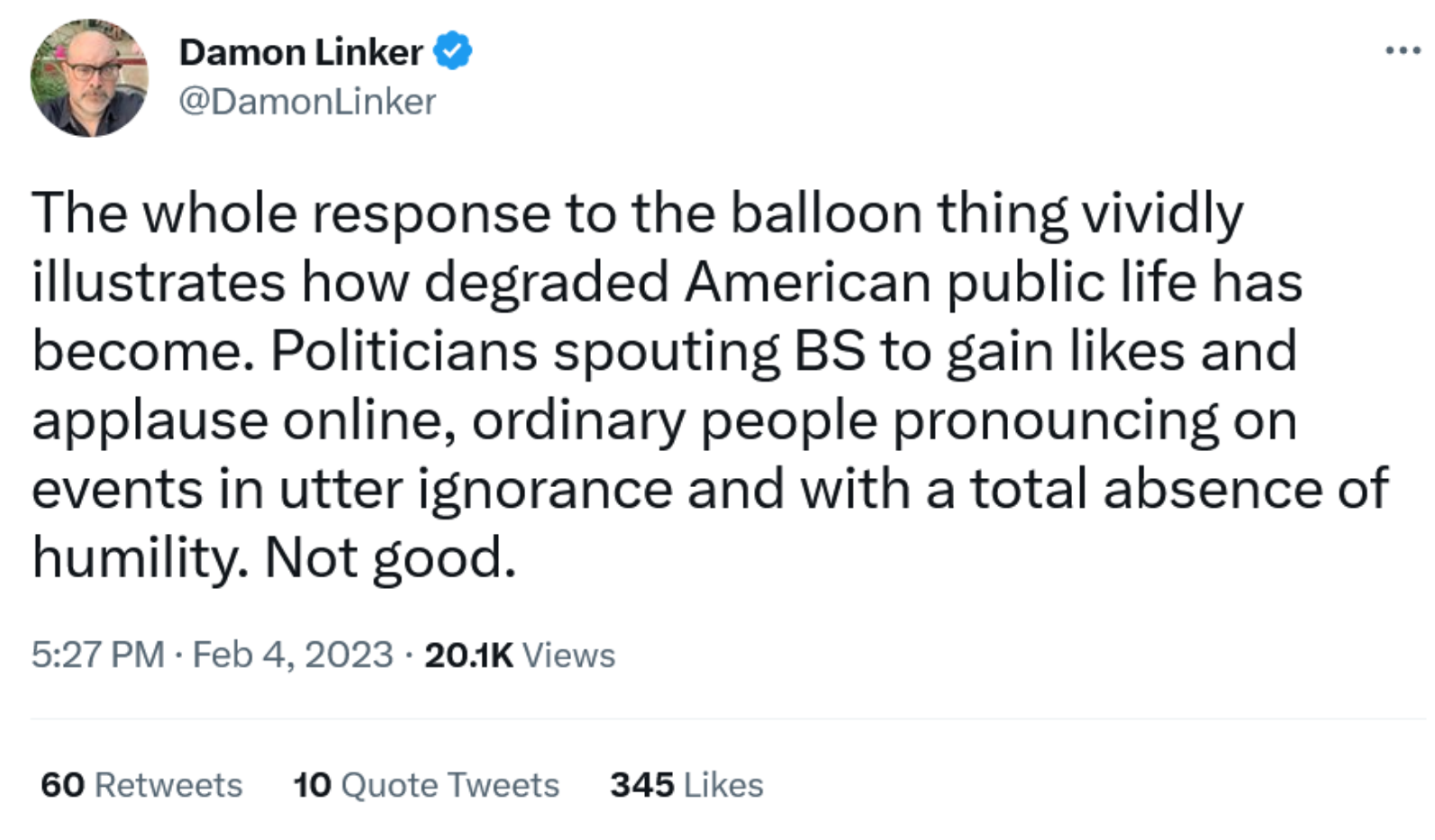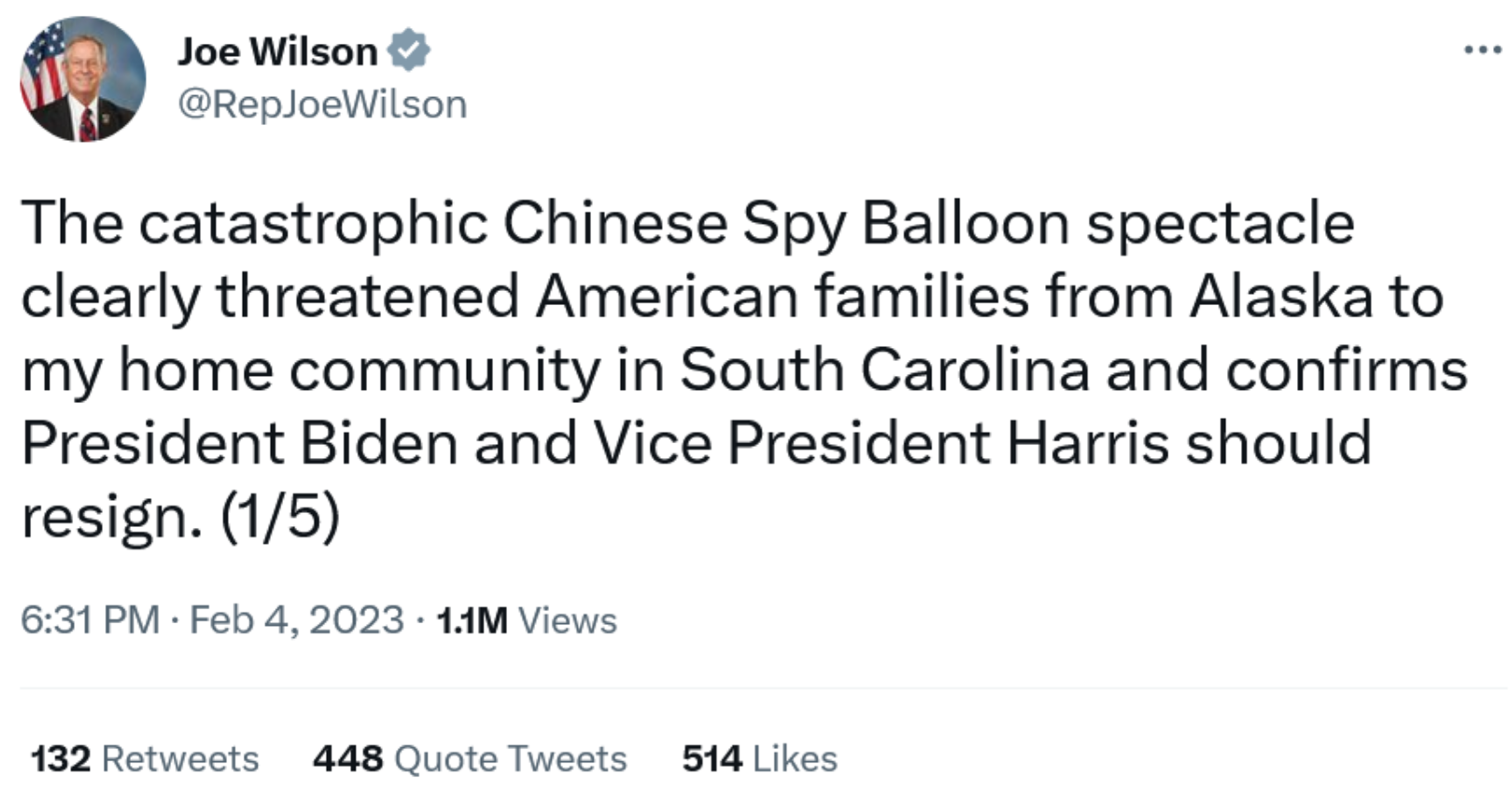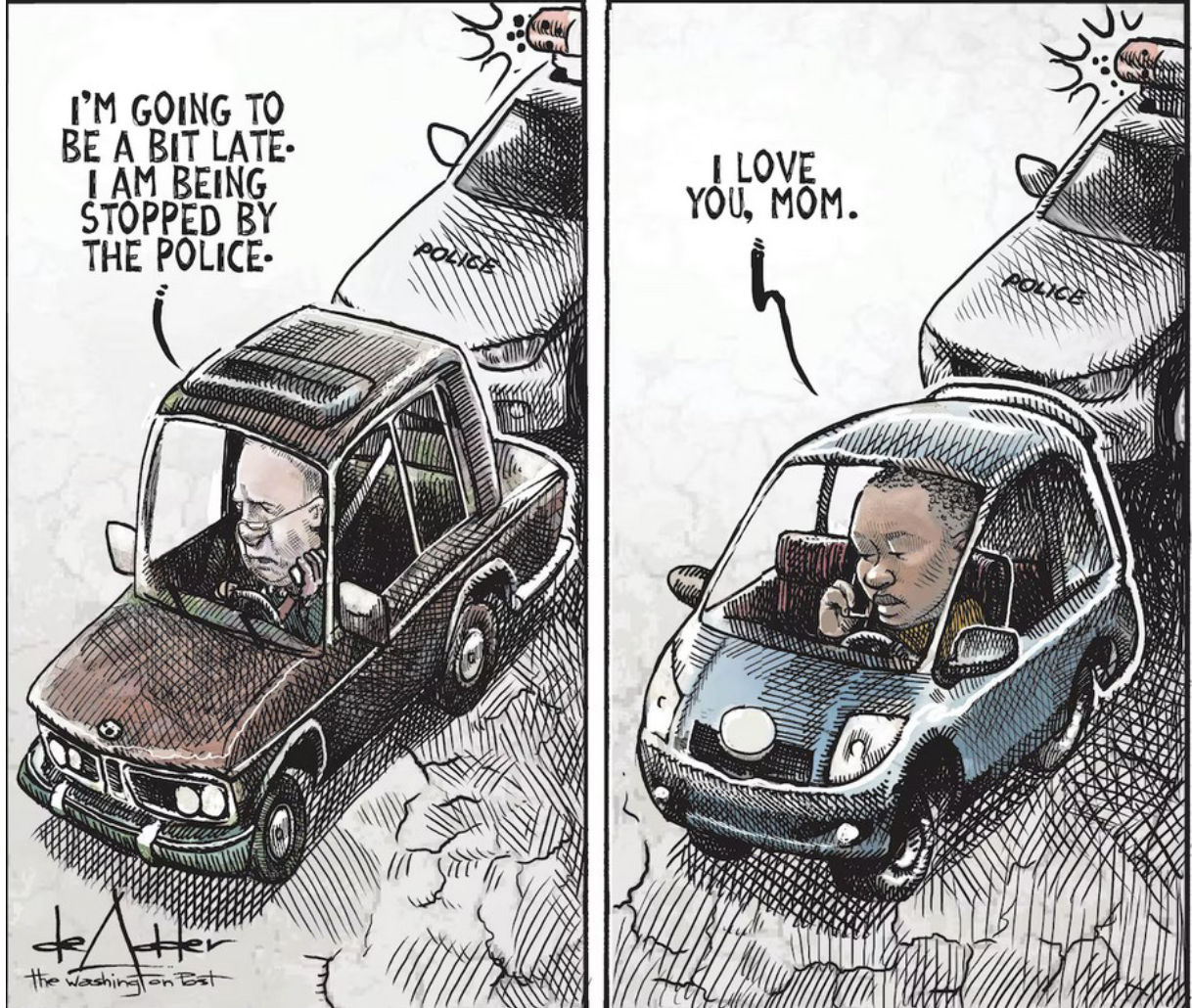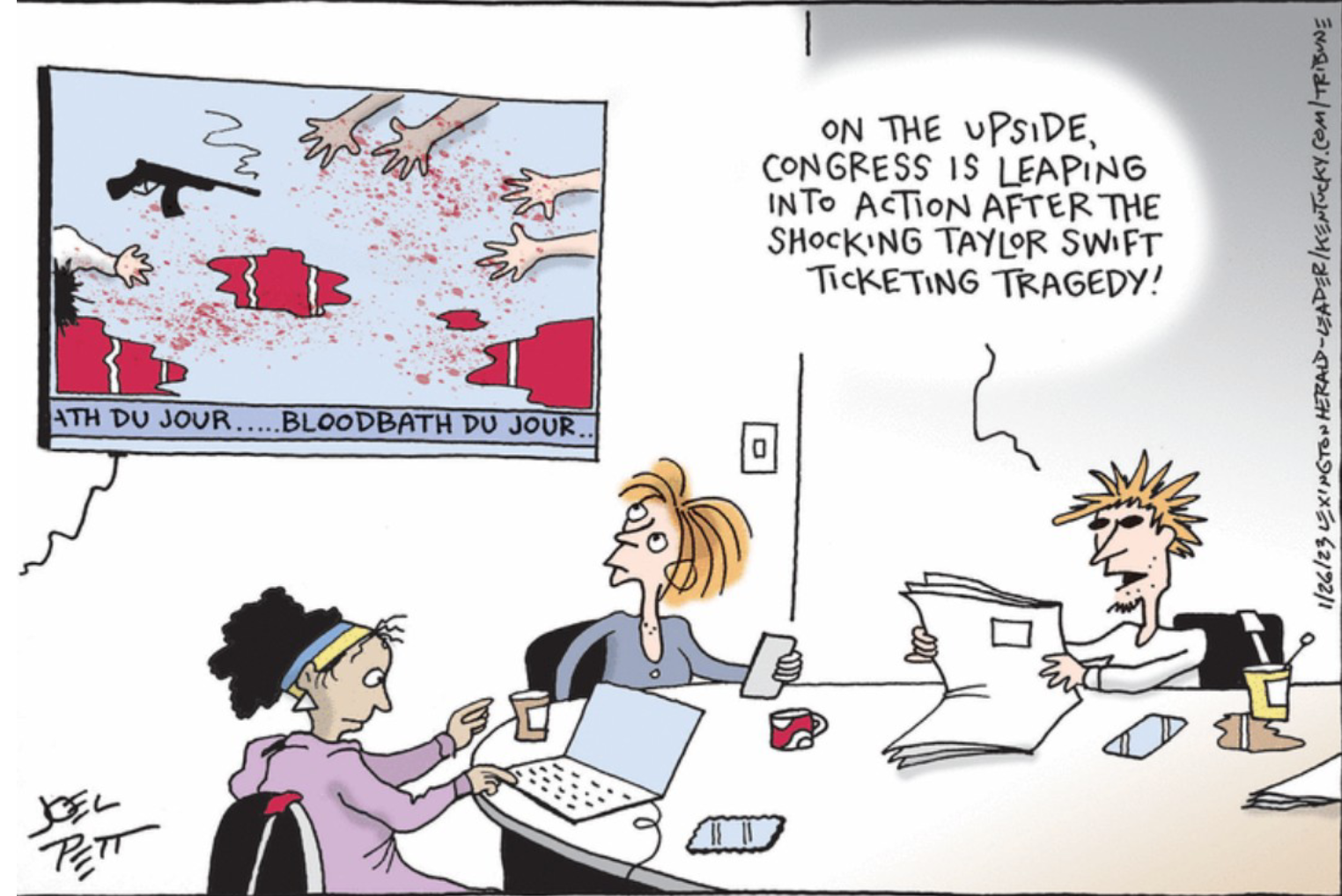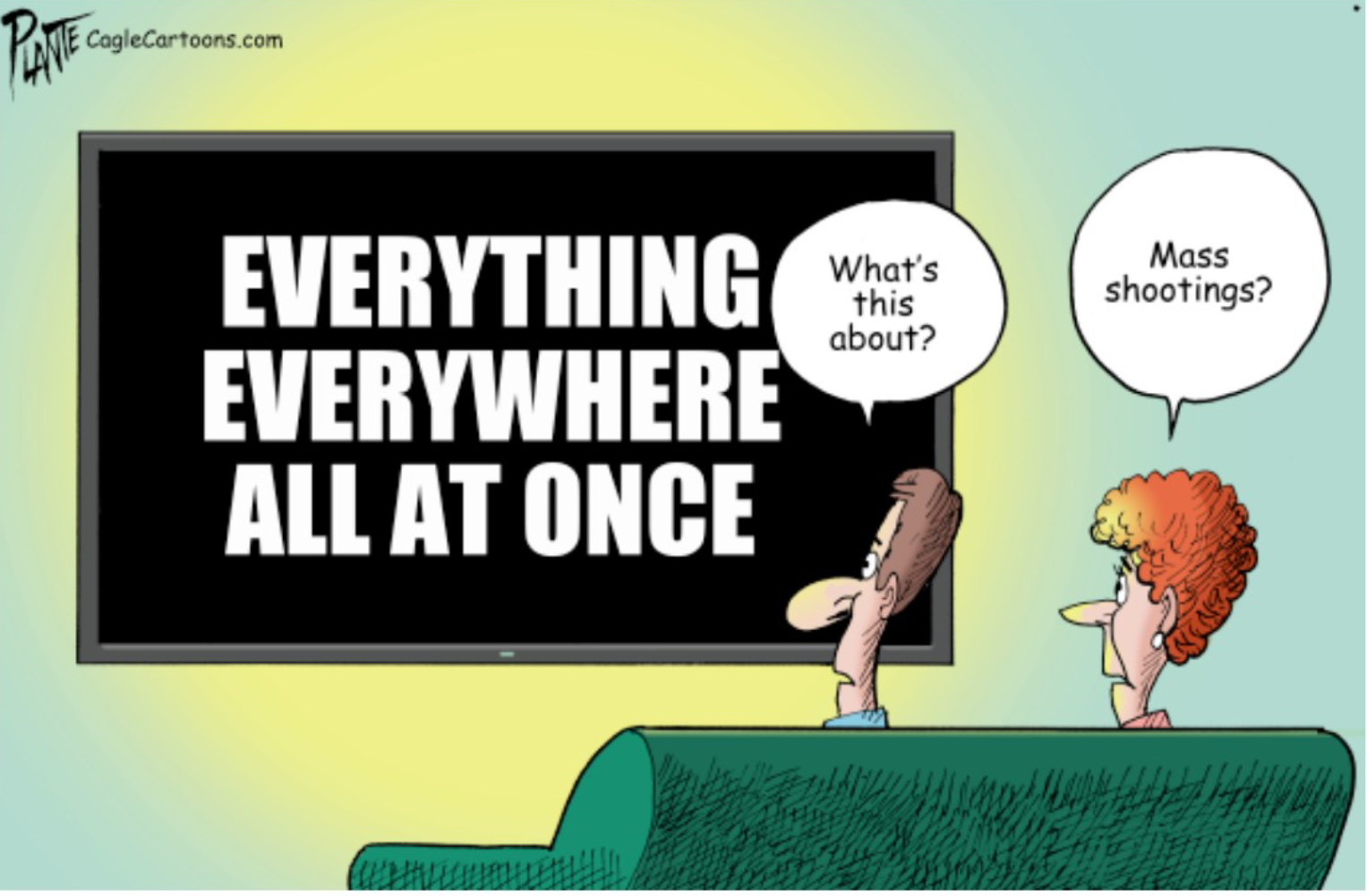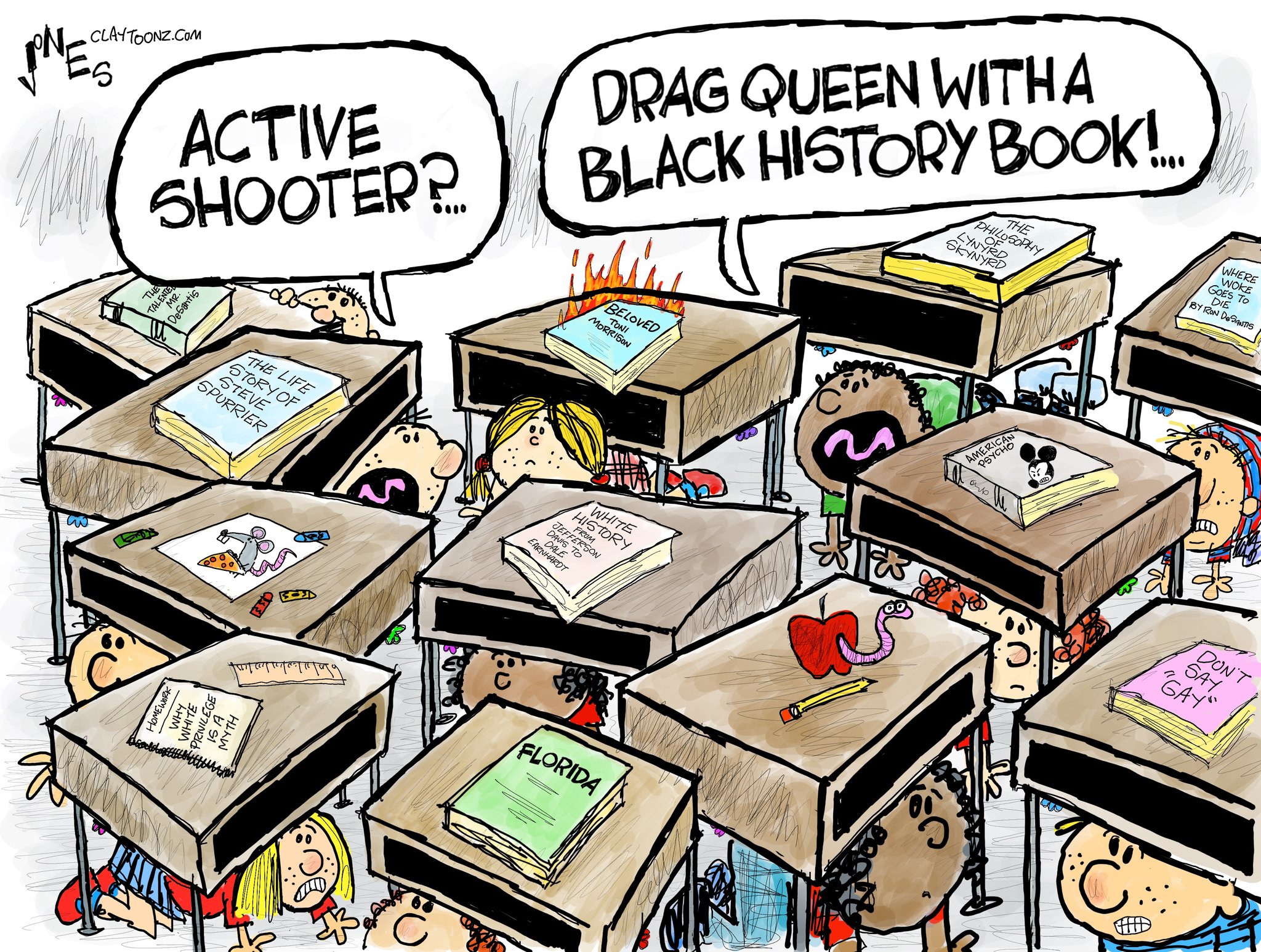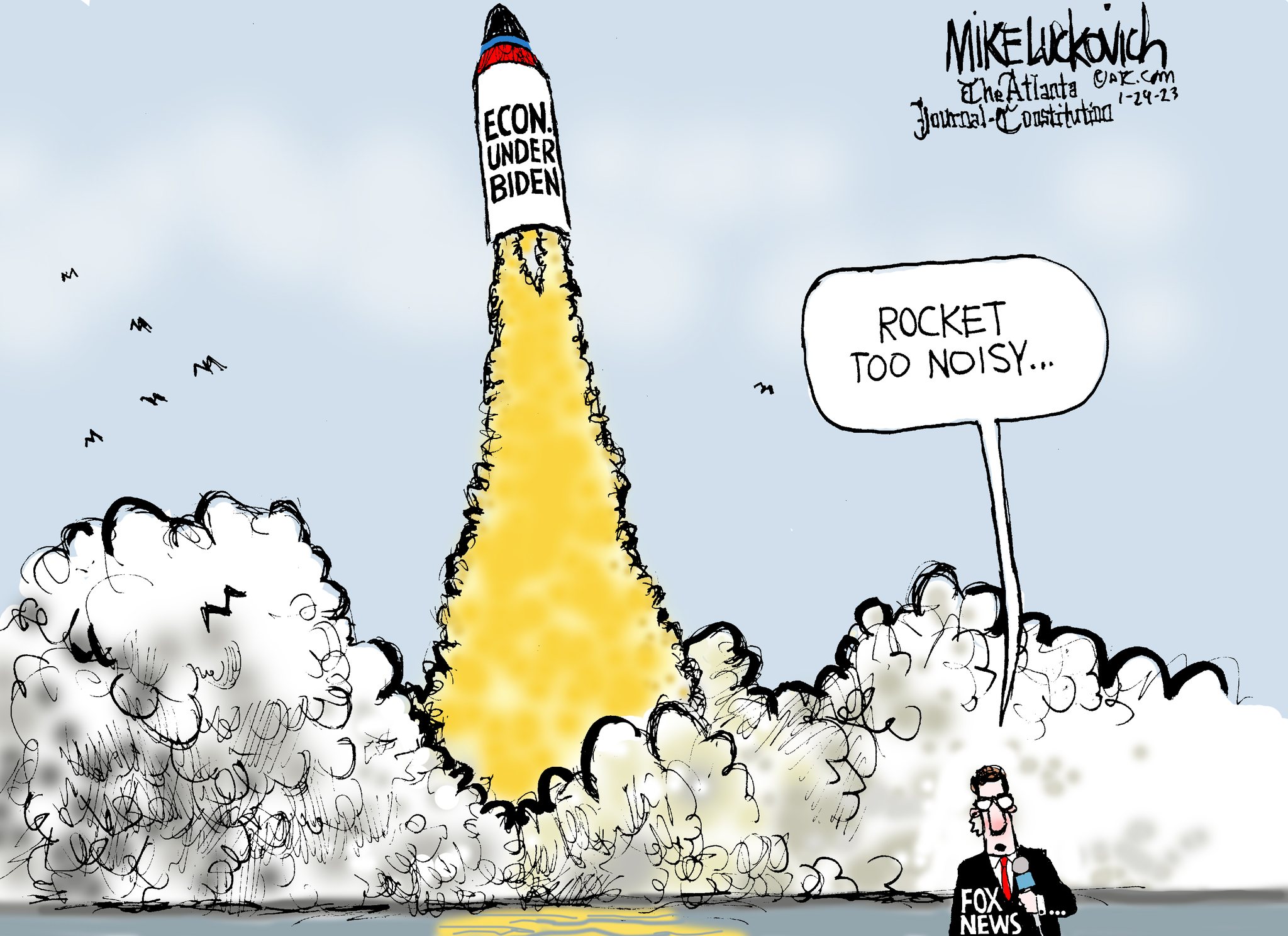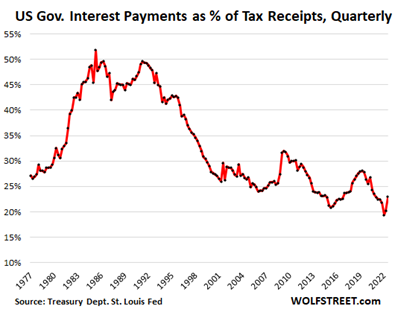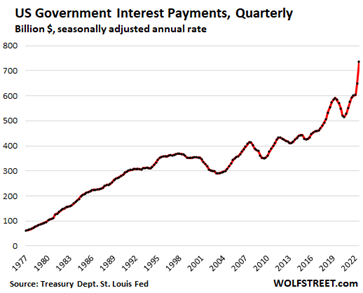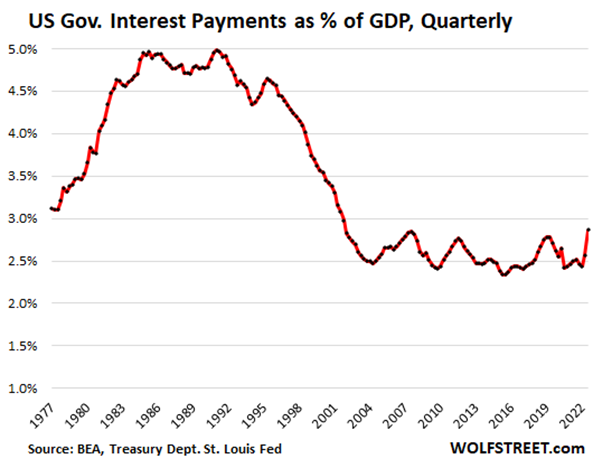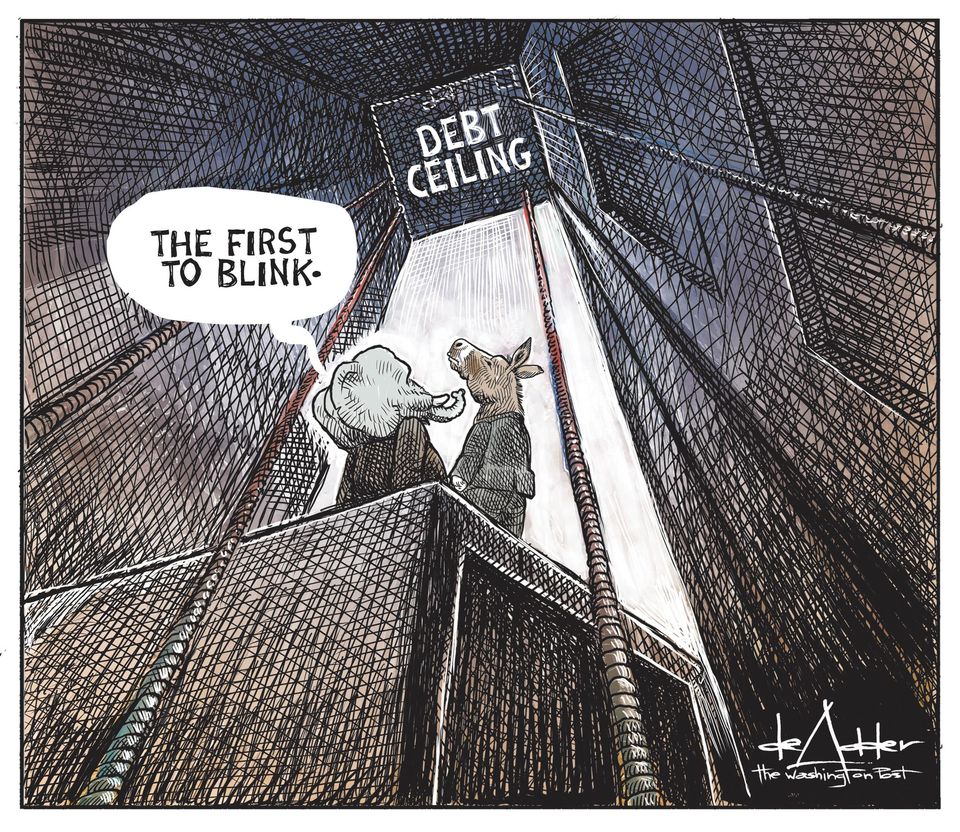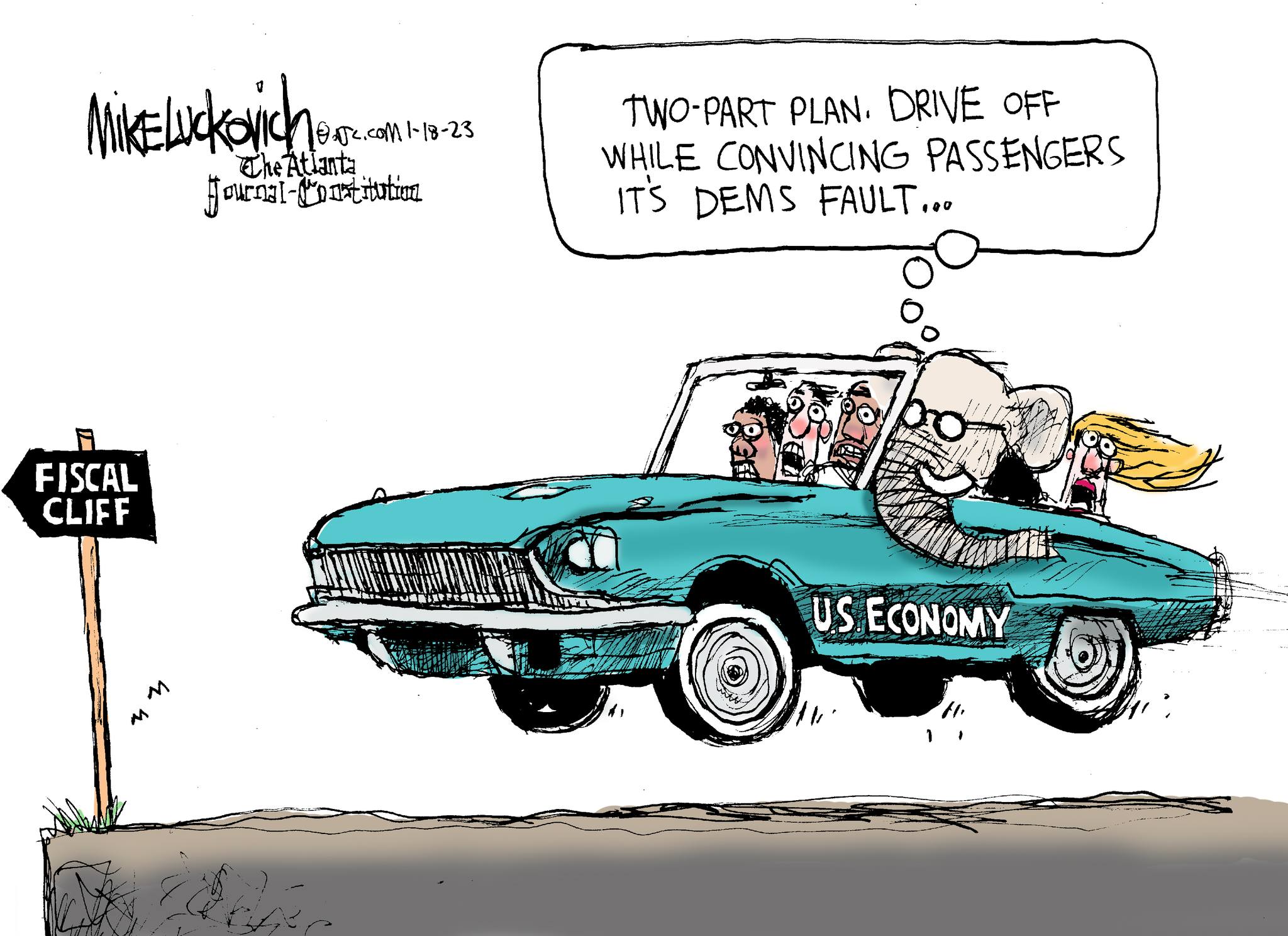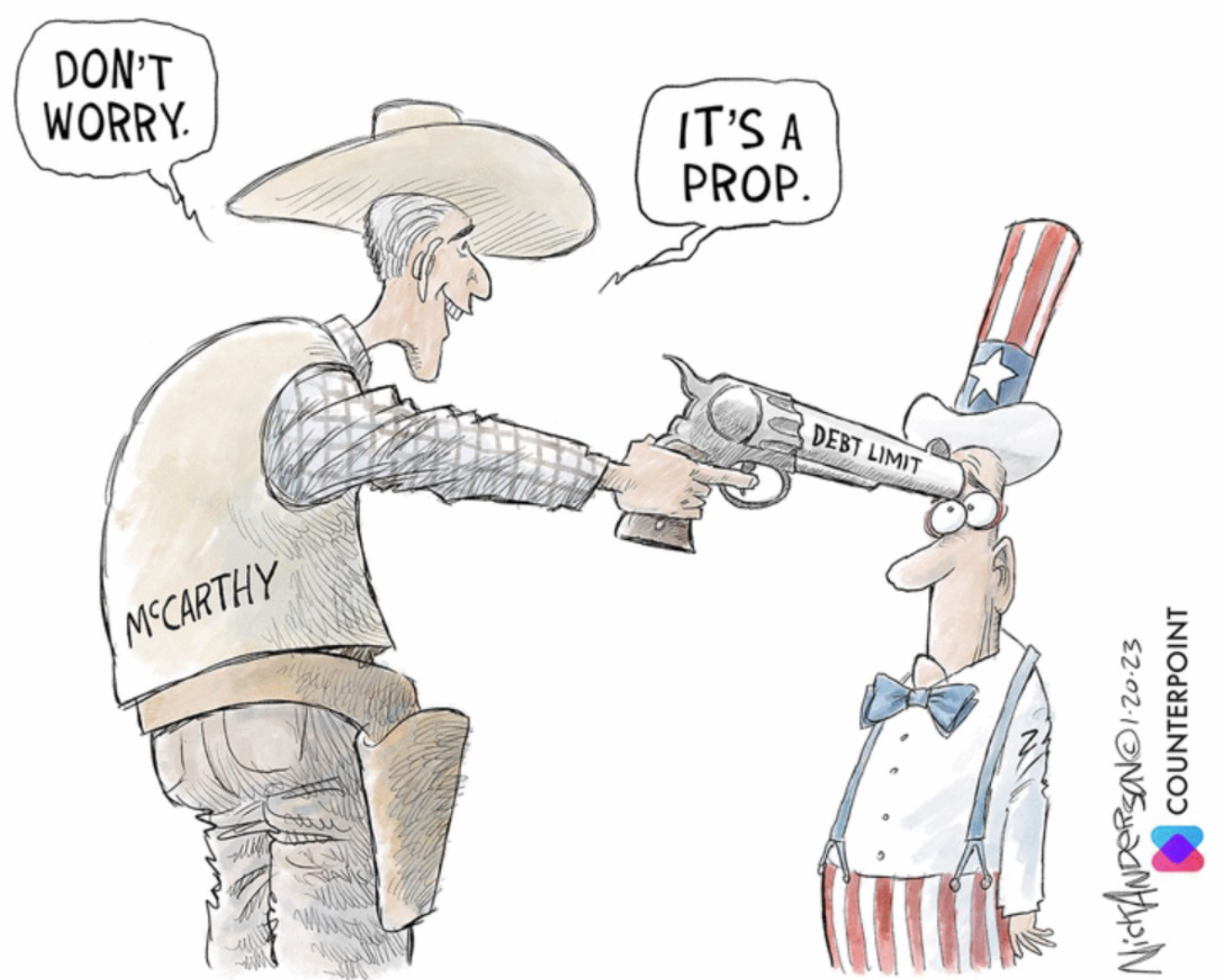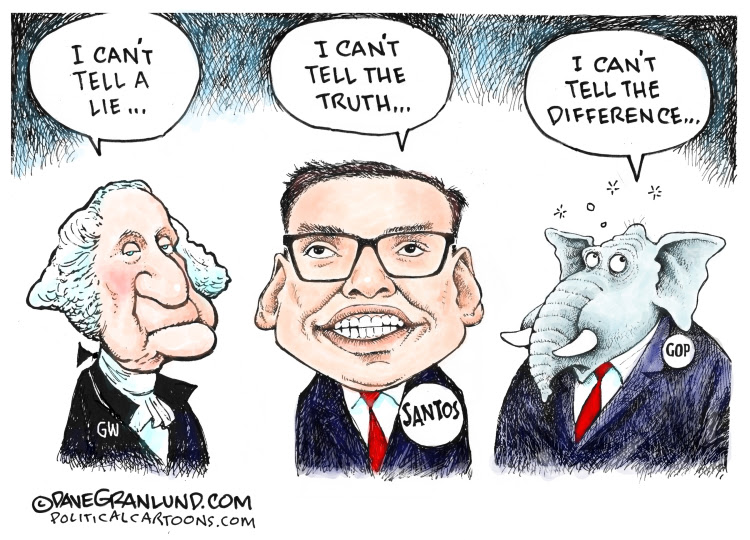The Daily Escape:

Oatman, AZ on Route 66 – February 2023 photo by Laurel Anne Lindsay
Some of you may have heard about a study called “The Hidden Tribes of America” by the group More in Common. It’s trying to understand the forces driving political polarization in America today. They classify the American electorate into seven distinct groups, they call “Tribes”.
But their key conclusion is that most people don’t belong on the far left or far right: (brackets by Wrongo)
“…the largest group that we uncovered in our research has so far been largely overlooked. It is a group of Americans we call the Exhausted Majority…representing a two-thirds majority of Americans, who aren’t part of the Wings….most members of the Exhausted Majority aren’t [simply] political centrists or moderates. On specific issues, their views range across the spectrum.”
More:
“But while they hold a variety of views, the members of the Exhausted Majority are also united in important ways: They are fed up with the polarization plaguing American government and society….. [they] are so frustrated with the bitter polarization of our politics that many have checked out completely….. they aren’t ideologues who dismiss as evil or ignorant the people who don’t share their exact political views. They want to talk and to find a path forward.
This chart from the study graphically illustrates the seven tribal groups of the American populace. As you can see, there is a left-wing group that is about 8% of the US population. And there are two right-wing groups that equal about 25% of Americans. That leaves four groups in what the authors call the “Exhausted Majority”. They are 67% of the American populace.
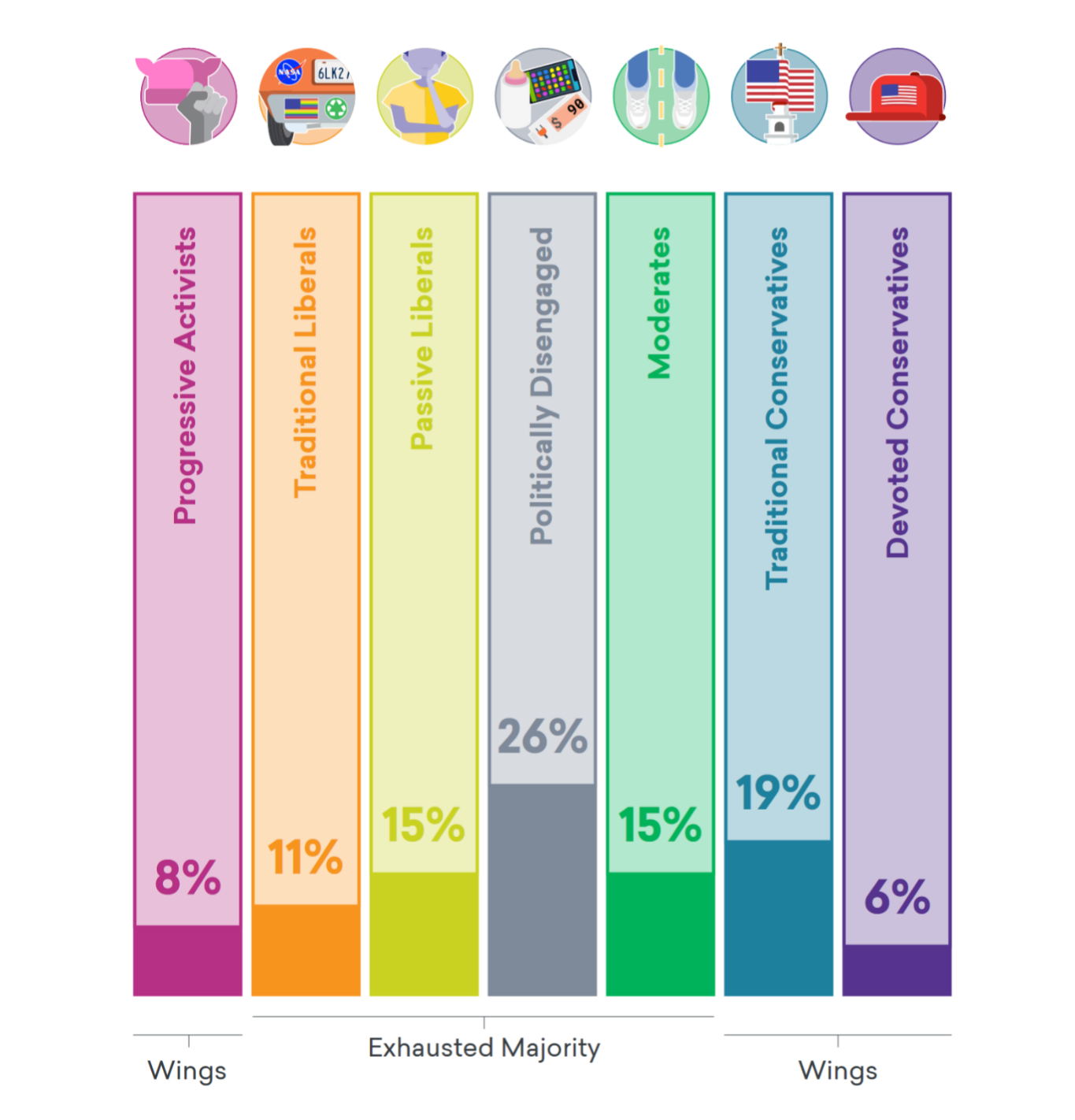
Here are some demographic characteristics of the seven groups:
- Progressive Activists: younger, highly engaged, secular, cosmopolitan, angry.
- Traditional Liberals: older, retired, open to compromise, rational, cautious.
- Passive Liberals: unhappy, insecure, distrustful, disillusioned.
- Politically Disengaged: young, low income, distrustful, detached, patriotic,
- Moderates: engaged, civic-minded, middle-of-the-road, pessimistic, Protestant.
- Traditional Conservatives: religious, middle class, patriotic, moralistic.
- Devoted Conservatives: white, retired, highly engaged, uncompromising,
Wrongo identifies as one of the Traditional Liberals, their description rings true.
The authors say that in their research, this tribal membership predicted differences in Americans’ views on various political issues better than demographic, ideological, and partisan groupings. You can read or download the whole study here.
An “Exhausted Majority” may be a positive political development. Wrongo spends nearly every day thinking that there are just two opposing camps. And that they each view each other with fear and loathing, refusing to listen to anything that doesn’t fit their existing narrative. As we’re entering the next presidential campaign, it’s good to know that Wrongo’s view of our polarization might be well, wrong.
Is the “Exhausted Majority” merely a new response to our dysfunctional politics? Wrongo isn’t alone in thinking that what’s wrong with our country will take decades to overcome. Faced with that, people start to look for quick fixes, or a way to stop listening to the wrangling. And you don’t have to be unaligned with either Party to share this sense of exasperation.
The people described in the “Exhausted Majority” are similar. It’s also true that for most people, politics isn’t the be-all-end-all of their lives. They’d prefer that the business of government didn’t require their involvement. They’re trying to get their kids educated, and to keep them safe. They prefer to see political compromise happen without needing to be involved.
But if you can walk away from politics when it frustrates you, then you’re in the lucky minority:
- There are large numbers of parents who have discovered that their child is addicted to opioids.
- There are many people who had lost their health insurance when they were laid off.
- Many sent their daughter to college in the South only to learn that she no longer has any reproductive rights.
- Many are worried that books are being taken from public school libraries.
- Some fear that they may lose the right to vote.
These people can’t simply throw up their hands and walk away. Only political action will help them. We all know that the political radicals are irredeemable. We also know they make the most noise, but they’re a minority.
The fed-up people on both sides and in the middle have to find a way to take the country back from the radicals, instead of allowing ourselves to be herded into existing opposing camps.
Time to wake up America! We can’t simply drop out. There’s too much at stake. Democrats need to find candidates and a message that can motivate an additional 5%-15% of the “Exhausted Majority” to vote with them. To help you wake up, watch, and listen to the RedMolly band play a very nice cover of Richard Thompson’s “Vincent Black Lightning 1952”. It’s a surprise how beautifully it adapts to a bluegrass idiom, and the dobro work makes it:
“Vincent Black Lightning” is one of the most perfect songs ever written. We saw Thompson perform it live at Tanglewood last summer.







